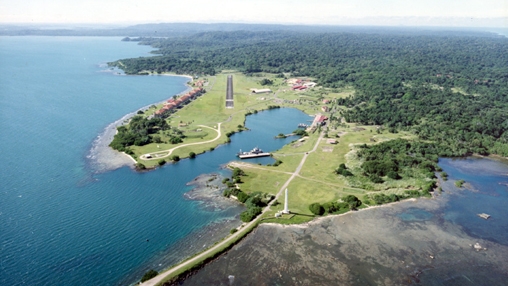The expansion of the Panama Canal is one of the most important engineering works of the 21st century, one that will fundamentally change maritime activity and logistics around the world. It will also continue to boost economic growth in Panama in the following decades. Within this context, the sustainable use of the lands around the Canal is a strategic priority for the country. But: where to begin to outline this strategy and make the best use of these lands?
With all efforts set for Panama to become the Hub of the Americas and a world-class logistics center by 2020, the Government asked for support in evaluating development options for the “reverted areas” –lands that returned to the country’s administration following the Torrijos-Carter agreement in 1977- to maximize their long-term social and economic potential, without overlooking environment impact.
The study, undertaken by the World Bank with support from the Spanish Fund for Latin America and the Caribbean since 2011, has yielded a development strategy for optimal uses of these areas, covering almost 580 square miles between the Atlantic and Pacific oceans, to attract more investments and generate more jobs.
“We hope the Strategy for the Enhancement of the Reverted Areas will contribute to the discussion for strategic use of land, in order to generate long-term benefits and expand opportunities for all Panamanians”, said Ludmilla Butenko, World Bank representative in Panama, during the public presentation of the strategy.
The National Development Plan estimates that the Canal expansion and taking advantage of the country’s strengths in key sectors (logistics, tourism, agriculture and financial services) can generate up to 500,000 new jobs by 2020 and sustain economic growth between 6 percent and 9 percent per year –for 2012, GDP growth is forecasted to be between 6 percent and 8 percent, one of the few economies in the region with high growth.

